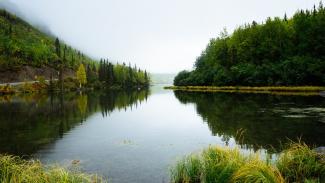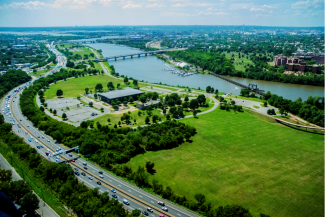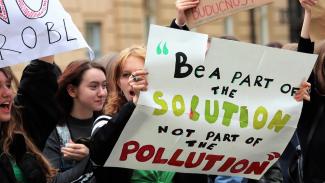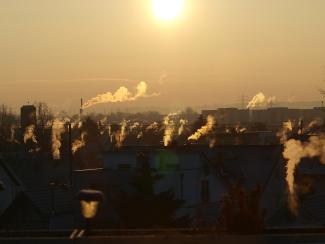Fast Fashion: Cutting Corners to Fuel Excessive Consumption

When’s the last time you found yourself idly shopping out of boredom or buying a shirt just because it was on sale? If it was in the last week, then you’re not alone. The average American shopper buys 60% more clothing today than they did just 15 years ago, but keeps it for only half as long. At the end of the year, this results in approximately 80 pounds of unwanted clothing per person!








